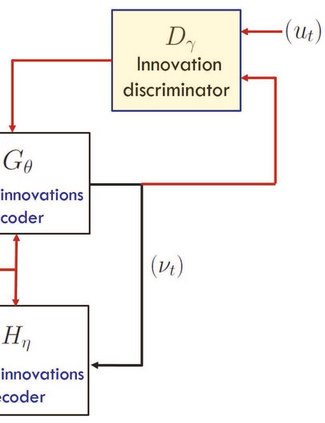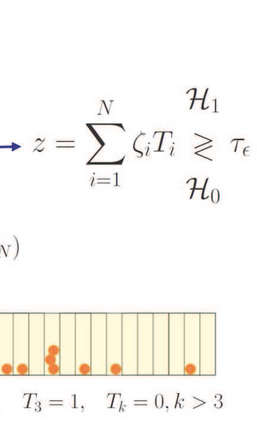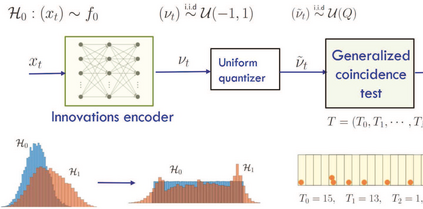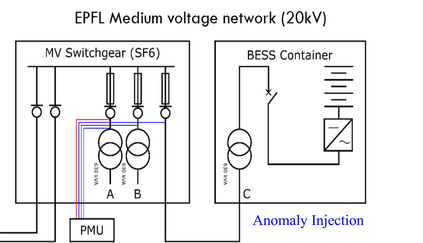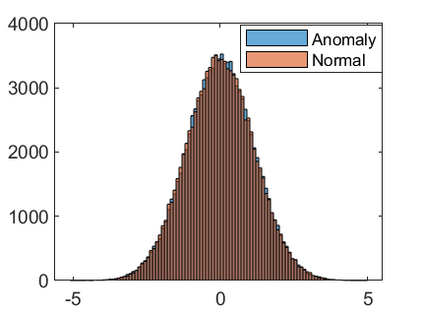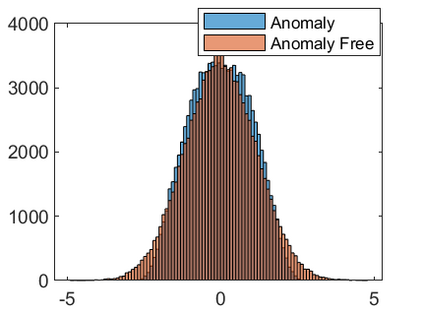An innovations sequence of a time series is a sequence of independent and identically distributed random variables with which the original time series has a causal representation. The innovation at a time is statistically independent of the history of the time series. As such, it represents the new information contained at present but not in the past. Because of its simple probability structure, an innovations sequence is the most efficient signature of the original. Unlike the principle or independent component analysis representations, an innovations sequence preserves not only the complete statistical properties but also the temporal order of the original time series. An long-standing open problem is to find a computationally tractable way to extract an innovations sequence of non-Gaussian processes. This paper presents a deep learning approach, referred to as Innovations Autoencoder (IAE), that extracts innovations sequences using a causal convolutional neural network. An application of IAE to the one-class anomalous sequence detection problem with unknown anomaly and anomaly-free models is also presented.
翻译:时间序列的创新序列是一个独立且分布相同的随机变量序列,原始时间序列具有因果代表。 一次创新在统计上独立于时间序列的历史。 因此, 它代表了当前而不是过去的新信息。 由于其简单的概率结构, 创新序列是原始的最为高效的签名。 与原则或独立组成部分分析说明不同, 创新序列不仅保留完整的统计属性, 也保留原始时间序列的时间顺序。 一个长期存在的未决问题是找到一种可计算可移动的方法, 以提取非Gaussian进程的创新序列。 本文展示了一种深层次的学习方法, 被称为“ 创新自动编码” (IAE), 利用因果关系的共生神经网络来提取创新序列。 也介绍了IAE 用于单类异常和无异常模型的异常序列探测问题。


